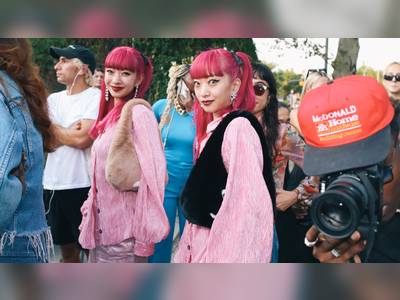Yvette Gradiski, vice-president of cosmetics category development at Lancaster, says spots are the result of higher melanin levels in the skin. Thus, Asians should consider products that have UV protection and SPF.
Gradiski, who has been in the beauty business for 25 years, observes that as people “live out more than before”, it is crucial to moisturise and cleanse. In step with demands today, cosmetics have taken a radical turn towards textures, she adds.
Textures will be lighter as products get more efficient. The focus is on free radicals because they cause the most damage. Moisturisers are important to boost skin firmness, while products that tackle spots will gain ground because of the ageing population around the world. “It gets harder to be innovative and find new ideas,” she admits. “We have to think in different ways.”
She elaborates: To concoct a product that combats wrinkles, she begins by examining the way a scar heals. Then she adopts the same principle in the labs. “We mimic the normal healing process of the skin.”
Technology aside, education is important when it comes to skin care, says Stéphanie Pennel, marketing director of Lancetser Sun, Makeup and Fragrances. Citing one example of how education can help when it comes to fun in the sun, she adds: “People should change their behaviour and not expose themselves to the sun, especially when it’s at its hottest – between 11am and 4pm. If you’re taking children out, protect them with T-shirts and sunglasses.
“Sunblocks help, but psychologically, they are a constraint because they are oily and sticky, and you can’t reach some parts of the body. Often, too, people don’t realise that they should reapply sun block every two hours, and use the right amount.













